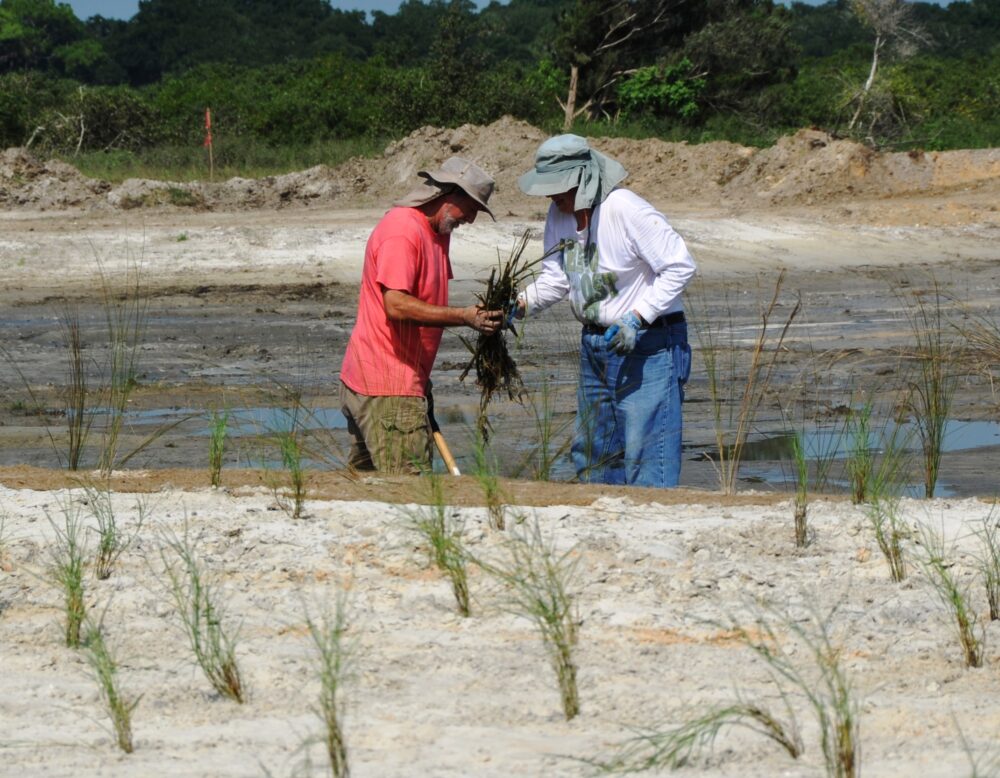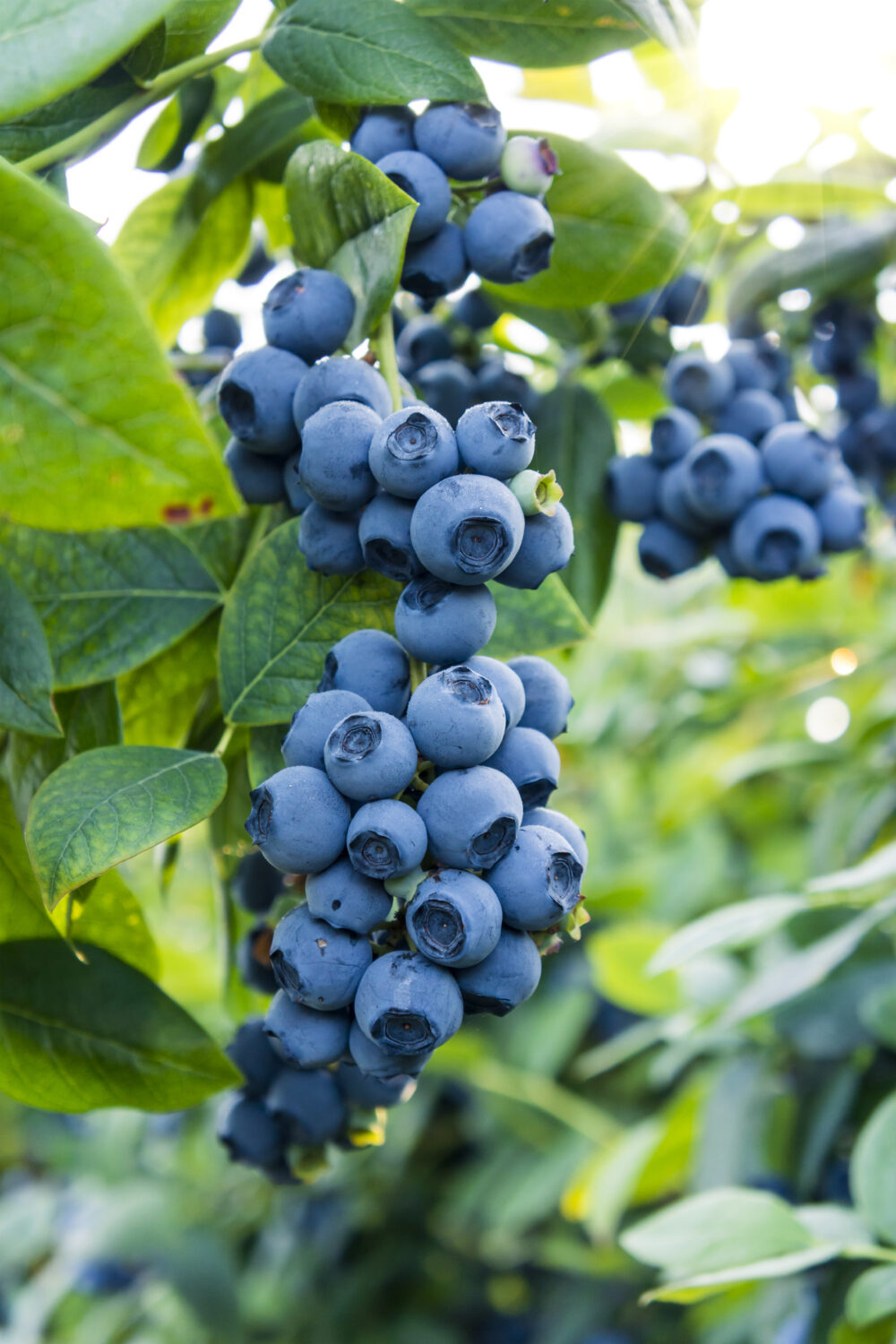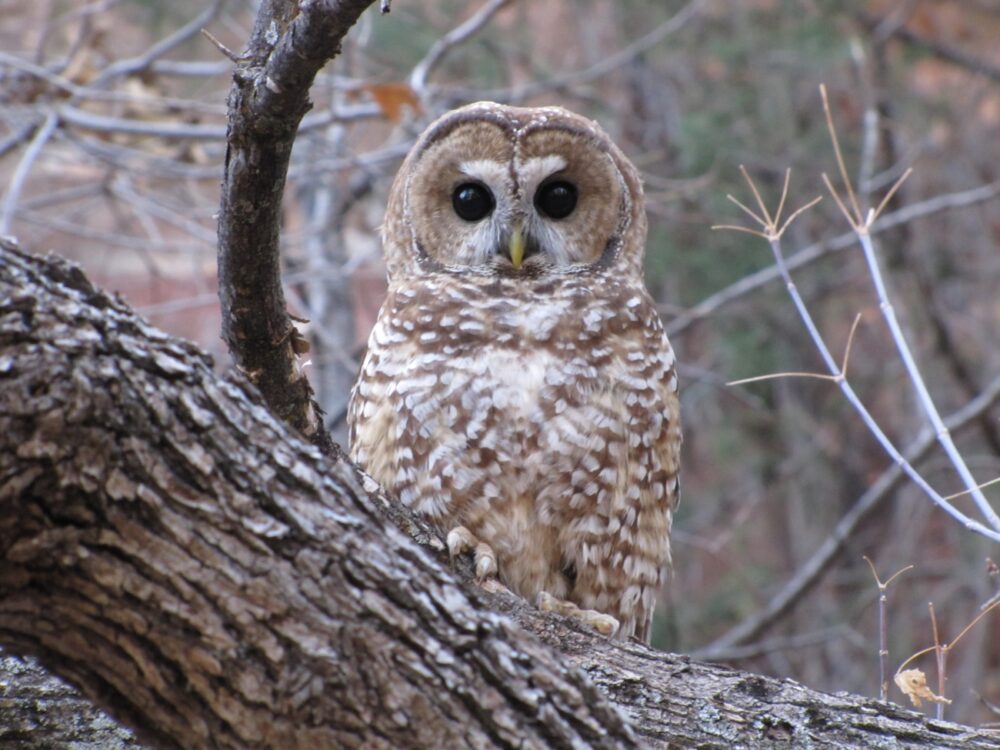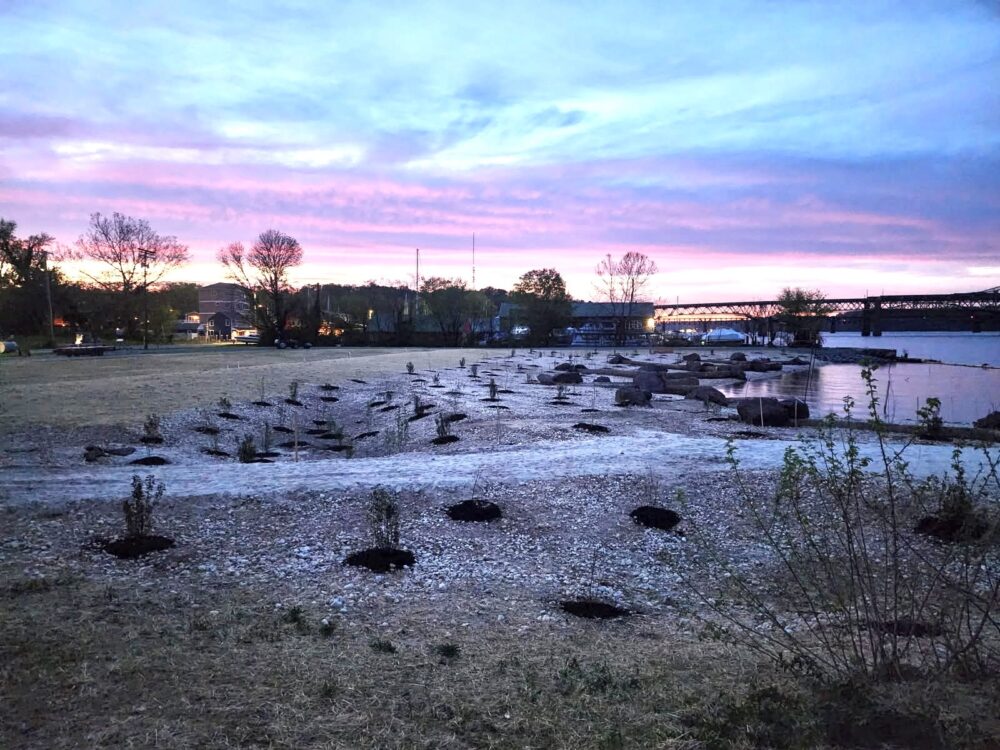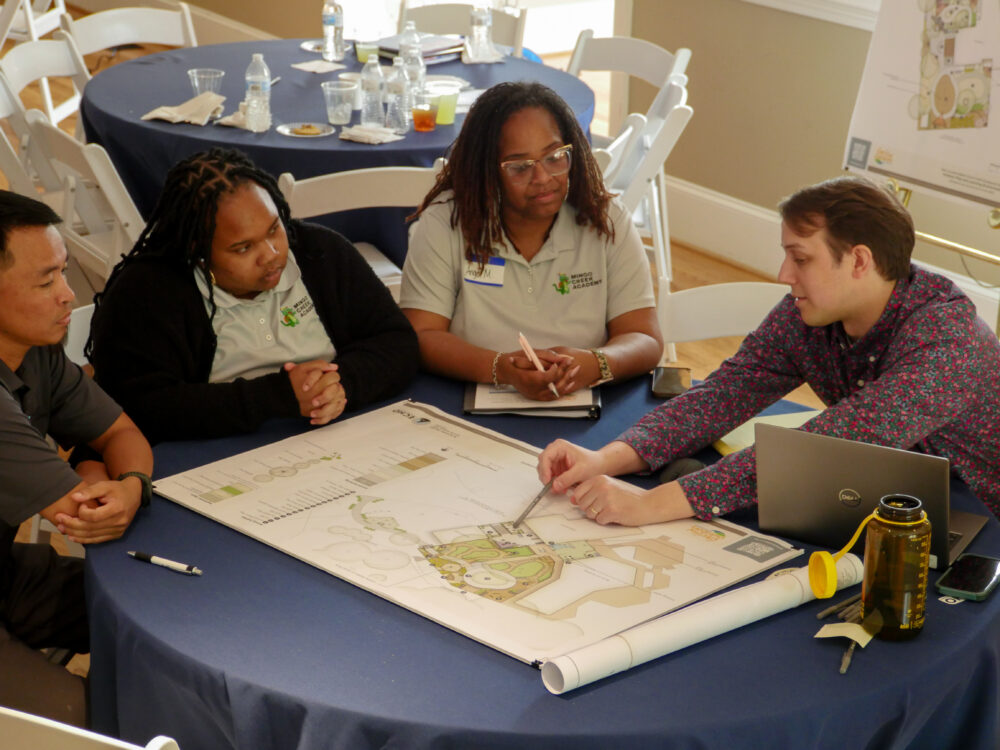We have much more to do and your continued support is needed now more than ever.
A Different Look at Conservation: Lessons from Belize
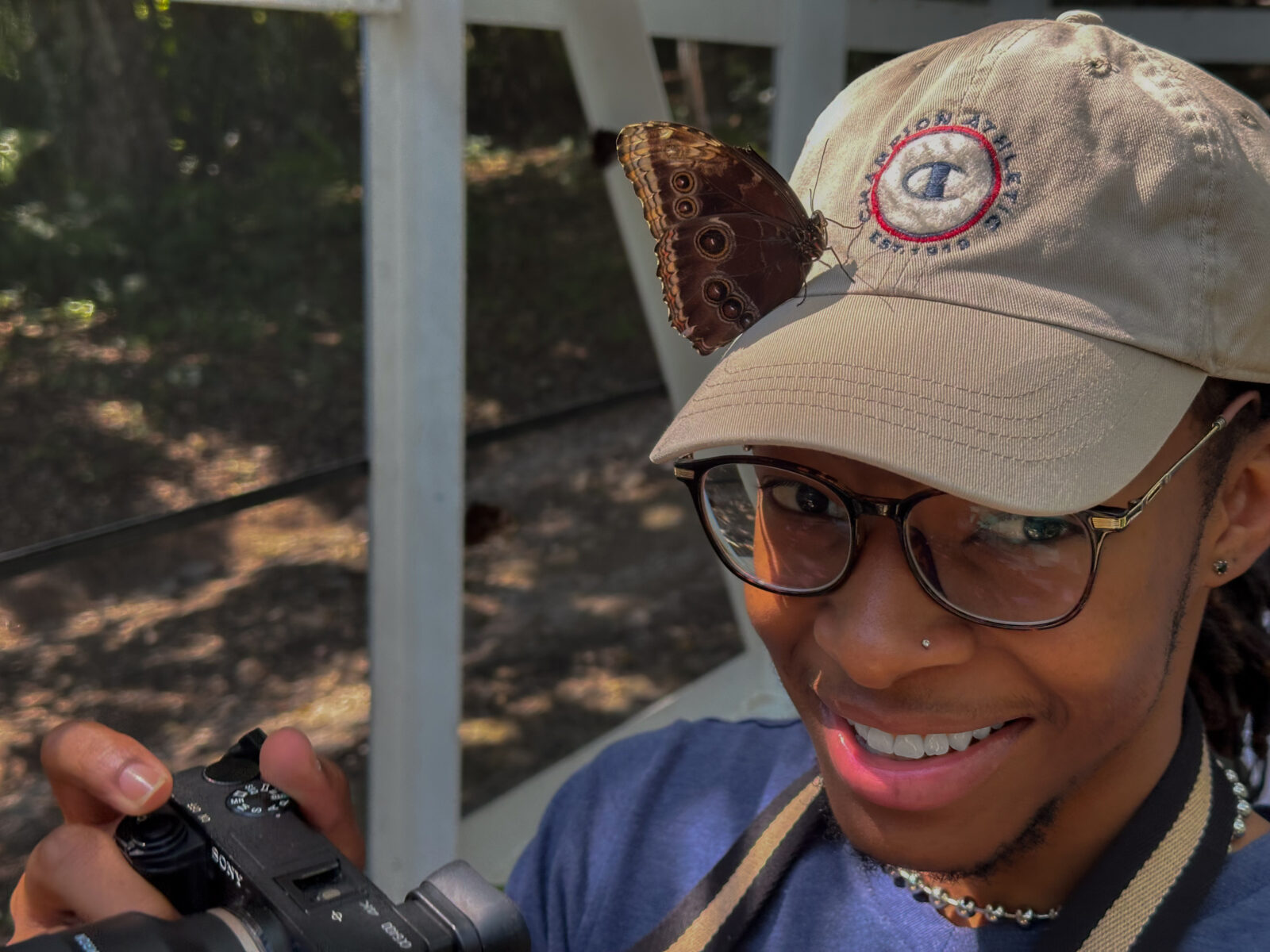
Growing up around the forests, fields, rivers, and springs of Georgia’s coastal plain, I spent a lot of time in nature and developed a passion for working outside. As of last fall, I’ve been interning with the National Wildlife Federation’s Southeast Forestry Program and I’ve learned a lot about the natural world and have grown as a conservationist. A deep understanding of the ecology in this region is crucial for my conservation work, and my desire to expand my knowledge led me to study abroad in Belize this past November.
I want to share how this invaluable experience, focused on agriculture and conservation, allowed me to expand my outlook on sustainability. Thanks to Toucan Education Programs, I connected with professionals in agriculture, learned about the ecology and conservation practices of a different country, and immersed myself in cultures new to me.
Inspiration and conservation in Belize
Nestled in the Gulf of Honduras between Mexico and Guatemala, Belize boasts immense biodiversity, various landscapes, and a mix of cultures. My cohort was introduced to the local wildlife at the Belize Zoo, a.k.a. “The Best Little Zoo in the World”—I can vouch for that! The zoo primarily serves as a rescue and rehabilitation facility for injured animals unfit to live in the wild. I found it special that all the animals at the zoo are native to Belize and that they are either rescued or born there.
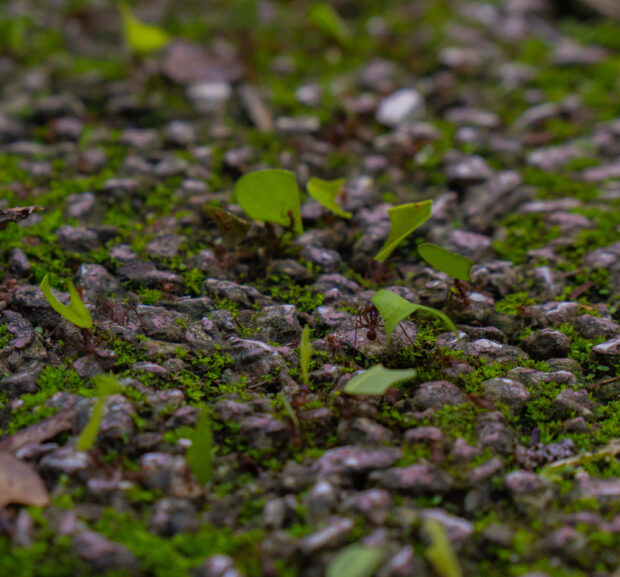

If you are familiar with how invasive green iguanas are in Florida , you may be surprised to learn that Belize is the polar opposite! The green iguana is a major focus in Belize’s conservation practices as the reptile is important for seed dispersal and preventing eutrophication (nutrient buildup) in water systems.
Green iguana eggs are a delicacy in Belize, which—along with habitat loss—has led to their declines. The Green Iguana Project aims to conserve the species and educate about their environmental importance. Our group learned about how the keepers care for the iguanas on-site, their life cycle, and what the country is doing to save this national treasure of an animal.

Over in Belize’s Vaca Forest Reserve, I immediately recognized similarities between the conservation efforts in the U.S. and Belize. Characterized by beautiful rolling hills and a wide array of wildlife, the reserve was established in 1991 to protect the watershed of the Macal River from threats such as illegal logging and destructive agricultural practices. Alongside threatened biodiversity, the area suffers from wildfires, which are exacerbated by unsustainable agriculture and the rapid clearing of land.
In order to combat this, conservationists at Friends for Conservation and Development (FCD), a non-profit non-governmental organization, work with farmers to promote sustainable land management practices for the benefit of landowners and the environment (much like the National Wildlife Federation).
In the reserve, we learned about FCD’s relationship with the local community in preventing deforestation and suppressing wildfires, and we toured Mr. Roberto’s fully organic farm where he makes use of sustainable practices implemented with the help of FCD.
I aspire to farm organically myself, and observing how these techniques contribute to a successful, eco-friendly operation gave me ideas of practices I could implement in my own operation some day. Seeing what my career path looks like in another country filled me with inspiration!

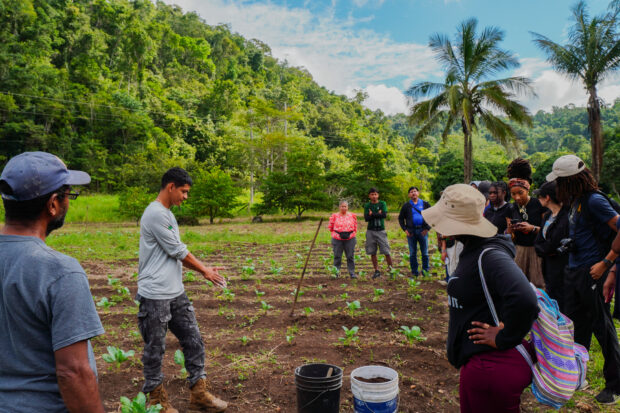
Lessons from Abroad
Studying abroad expanded my worldview and taught me impactful principles I can apply to my own conservation work. I firmly believe that experience is the best teacher, and I hope that by sharing this experience, I can encourage my peers and fellow naturalists to engage with your passion in the real world.

Witnessing people come together to protect the environment and educate future generations reinforced my sense of purpose and provided inspiration for how I can contribute. Despite their limited resources relative to larger, older countries, Belize serves as an exemplary country for conservation stewardship, and anyone can pull something from their innovation and creativity in protecting their land.


